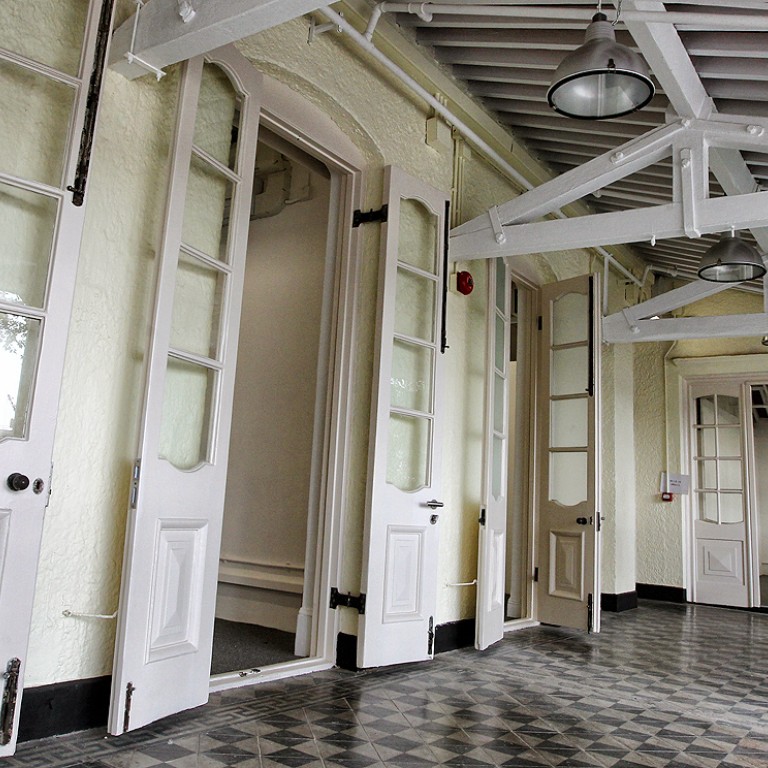
How we can conserve what's left of Hong Kong's built heritage
Society needs to accept that the preservation of the city's history comes at a price and there is need to find a compensation mechanism
The government recently sought community views on the conservation of Hong Kong's built heritage with the aim of establishing its importance and saving what little is left.
The city's relatively small heritage portfolio and districts of cultural and historical value warrant protection for a variety of reasons - not least as part of the city's collective memory. However, the challenge is at what price and how, within the context of Hong Kong's market economy, are we to treat equitably those owners in the private sector who agree to conserve or are required to conserve the heritage buildings they own for the benefit of the community at large.
Many of the sites were granted and developed under old Crown leases of a relatively simple form which do not preclude redevelopment to either a higher density or to an alternative use.
Similarly, the relevant outline zoning plans (OZP), which represent a further layer of development control, often encourage redevelopment through a general zoning designation (such as residential or commercial), although there may be reference in the notes to the OZP to height and plot ratio restrictions.
The owners of these sites, therefore, can demonstrate significant potential latent value that they would need to forego if the heritage building on their lot is to be retained.
Clearly, some heritage buildings could be regarded as being of more importance than others. An existing grading system is the key when difficult protection choices have to be made. However, should an owner refuse to conserve a building or the government decides not to declare it a monument, there is no current measure or basis of compensation to reflect the redevelopment value the owner has foregone.
In Hong Kong, as a result of long-established practices and clarity within the planning and land administration systems, it is possible - with professional support - to establish the development potential from a use and plot ratio/gross floor area perspective of any site by reference to the government lease terms and planning conditions.
From that could then be deducted the gross floor area of the existing heritage building to arrive at a "net" redevelopment floor area or a net "air rights" allocation as the development potential is sometimes described in other jurisdictions.
Simply to allow the transfer of these net air rights to another site considered to be equivalent in terms of location and other site characteristics is probably not feasible or realistic because of subjective judgments that may be involved and the potential for dispute and debate.
However, it should be possible to place a value on the air rights by reference to market transactions. These rights could be monetised; a voucher/certificate could be produced by the owner to buy an alternative site for development or it could be sold to a third party, such as a developer. The voucher/certificate could then be used as part of the consideration that the developer would pay for a government site when buying by auction or tender.
Such air rights vouchers/certificates could even be sold to an "air rights bank" from which developers or property owners could buy additional gross floor area to fund land premium and other payments to government. This system has been adopted in Rio de Janeiro for dealing with air rights released by public transport development.
Any such scheme would have to be closely tied to long-term conservation of the existing heritage asset. It would also require acceptance by society that the preservation of Hong Kong's heritage comes at a price and that price is identifying a compensation mechanism such as the one outlined above.

